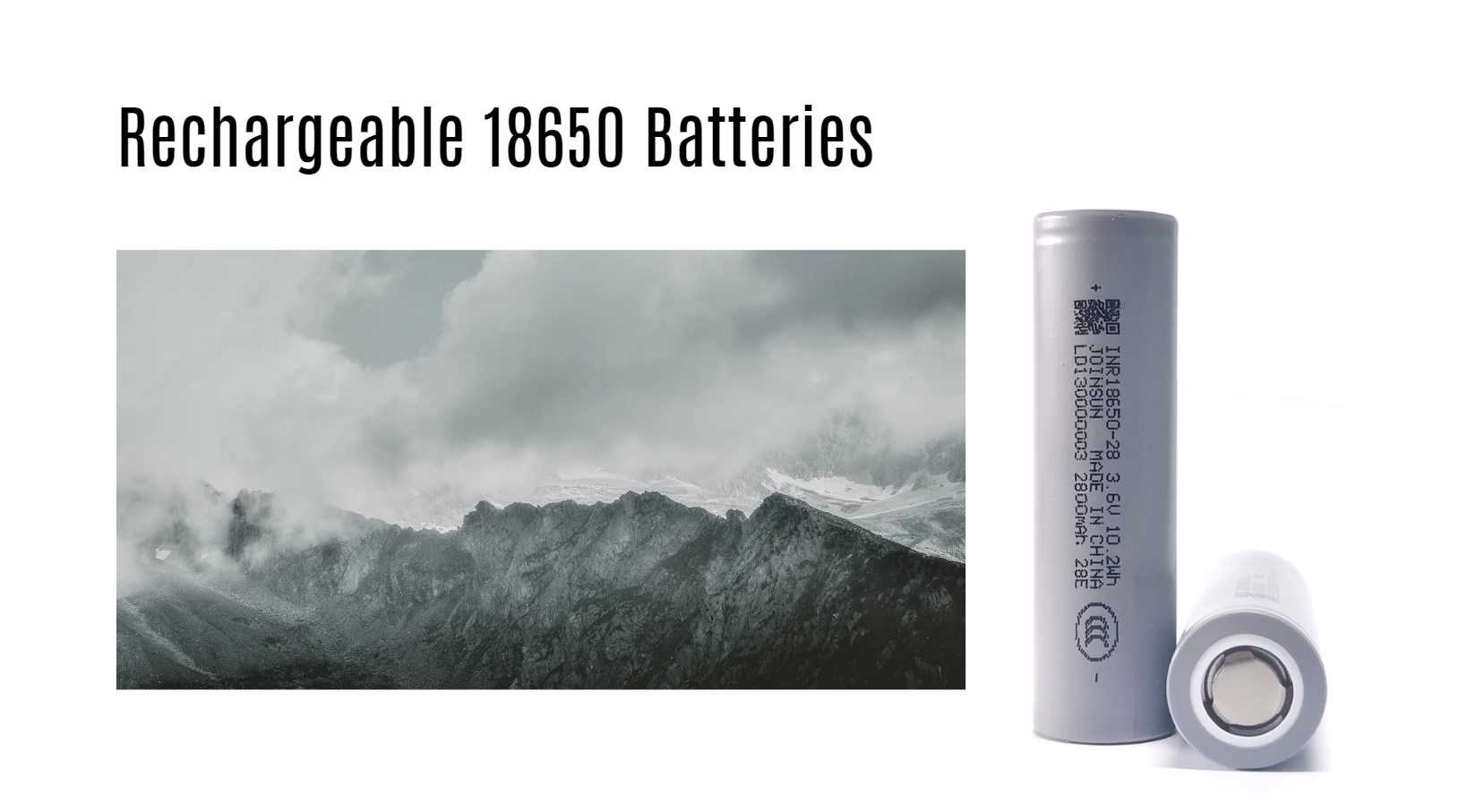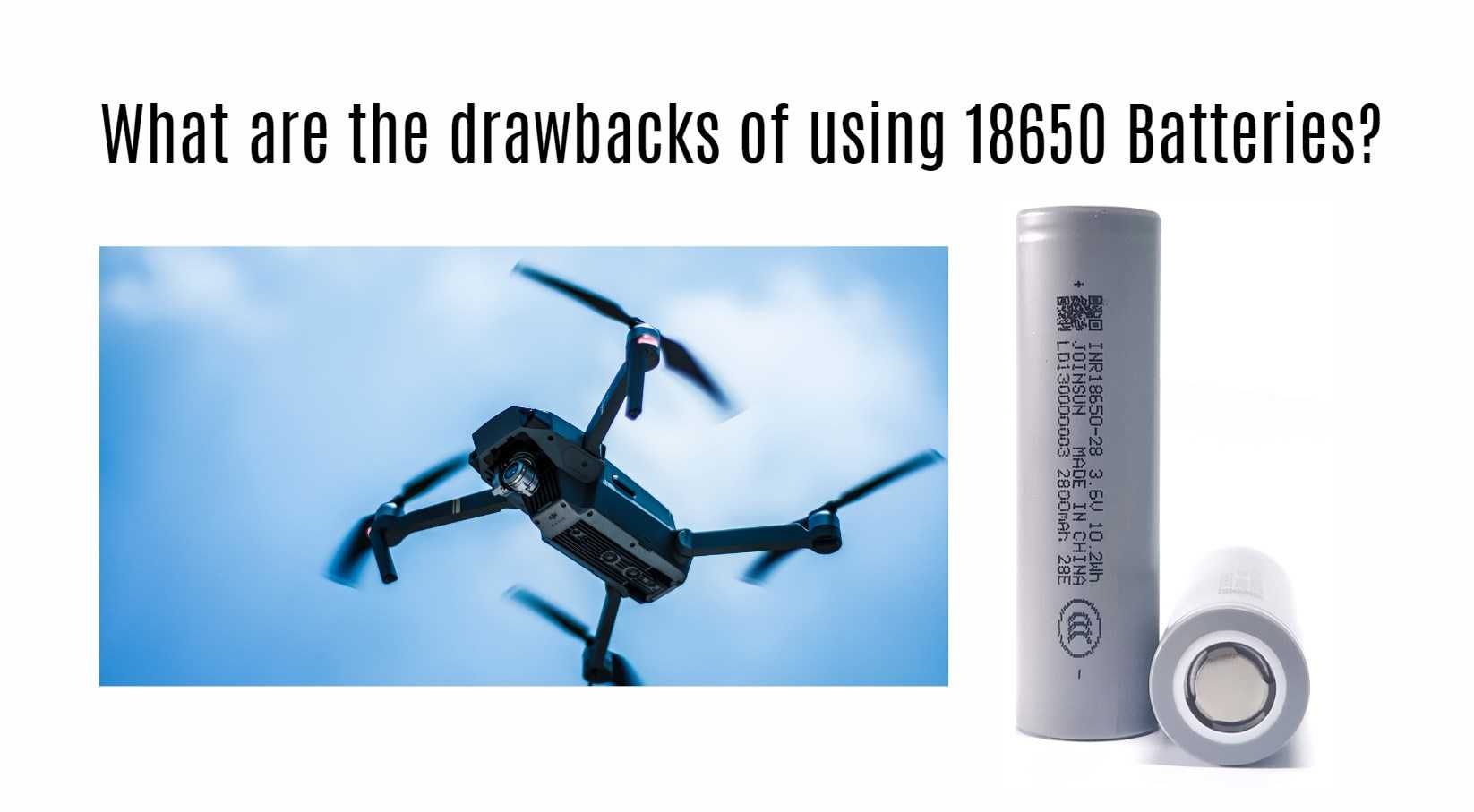Are you tired of constantly buying disposable batteries for your devices? Look no further than rechargeable 18650 batteries. These powerful lithium-ion cells are not only eco-friendly, but they also offer numerous benefits such as longer battery life and higher performance. However, like any product, there are drawbacks to consider before purchasing them. In this blog post, we’ll cover everything you need to know about rechargeable 18650 batteries – from their benefits and drawbacks to how to use and care for them properly. So sit tight and get ready to become an expert on all things 18650!
What are 18650 Batteries?
18650 batteries are a type of rechargeable lithium-ion battery that is named after its dimensions – 18mm in diameter and 65mm in length. These batteries are commonly used in high-performance devices such as flashlights, laptops, power banks, and even electric vehicles.
Compared to traditional alkaline batteries, 18650 batteries offer higher energy density, which means they can store more energy per unit volume or weight. This translates into longer battery life for your device before needing a recharge.
Wholesale lithium golf cart batteries with 10-year life? Check here.
One major advantage of using 18650 batteries is their ability to be recharged hundreds of times without significant degradation of performance. This makes them an excellent long-term investment as you won’t have to worry about constantly replacing disposable batteries.
However, it’s important to note that not all 18650 batteries are created equal. There are numerous brands on the market with varying levels of quality and safety features. It’s essential to do research and purchase from reputable sources to ensure you’re getting a reliable product that won’t pose any hazards when used properly.
Want OEM lithium forklift batteries at wholesale prices? Check here.
If you’re looking for a cost-effective and eco-friendly alternative to traditional disposable batteries for your high-performance devices, then consider switching over to rechargeable 18650 batteries.
What are the benefits of using 18650 Batteries?
18650 batteries offer a wide range of benefits for various applications. One of the primary advantages is their rechargeability, which makes them an eco-friendly alternative to single-use batteries. Rechargeable 18650 batteries are also cost-effective in the long run since they can be used repeatedly and do not require frequent replacements.
Another benefit is their high energy density, which means that they can store more power than other types of batteries with the same size. This makes them ideal for use in devices that require a lot of power but have limited space, such as flashlights and laptop computers.
Furthermore, 18650 batteries are known for their reliability and durability. They are designed to withstand extreme temperatures and perform well under heavy usage. These qualities make them popular among outdoor enthusiasts who need reliable power sources for camping trips or hiking expeditions.
Using 18650 batteries can contribute to reducing waste in landfills caused by disposable alkaline batteries. By choosing rechargeable options like these cells, we reduce our impact on the environment while still enjoying all the benefits that come with using quality battery technology.
It’s clear that there are numerous advantages associated with using 18650 rechargeable batteries across different domains including personal electronics, home appliances and even automotive industry making them an excellent choice when looking for efficient energy storage solutions.
What are the drawbacks of using 18650 Batteries?
While 18650 batteries offer many advantages, they also have some drawbacks to consider before making a purchase. One of the main disadvantages is their cost. Compared to standard AA or AAA batteries, 18650s can be more expensive upfront. However, they are rechargeable and can last longer than disposable batteries which ultimately saves money in the long run.
Another potential drawback is safety concerns. These lithium-ion batteries need special handling and care due to their high energy density and combustible nature if mishandled or mistreated. This means that proper charging techniques must be followed along with storage guidelines.
Size may also pose an issue for some users as these batteries are larger than your average battery size like those found in TV remotes or toys. They require specialized equipment such as chargers that support this specific battery type – another added expense.
When it comes to environmental sustainability, rechargeable batteries tend not to last forever unlike solar panels or wind turbines meaning eventually they will contribute to landfill waste when no longer usable.
While there are minor downsides associated with using 18650 Batteries, the benefits far outweigh them especially if you need high-capacity power for any number of devices ranging from flashlights and e-cigarettes through electric bikes and even home-based renewable energy setups!
How to use 18650 Batteries
Using 18650 batteries is quite simple. These batteries are typically used in electronic devices such as flashlights, power banks, laptops, and e-cigarettes among others. Before using them for the first time, it’s important to ensure that they’re fully charged.
To use 18650 batteries, simply insert them into your device following the manufacturer’s instructions. Ensure that you have inserted them in the correct orientation to avoid damaging your device or battery.
When using these batteries, it’s crucial to monitor their charge level regularly. When they run low on power, remove them from your device and recharge them immediately. Avoid allowing the battery levels to completely drain out as this can damage the cells and reduce their lifespan.
Remember never to mix old and new or different types of batteries when using them together in a single device. This can cause issues with performance or damage both sets of batteries.
Always handle 18650 batteries with care and follow all safety precautions outlined by manufacturers for safe handling while charging or during usage.
How to care for 18650 Batteries
Proper care of your rechargeable 18650 batteries is crucial to ensure their longevity and optimal performance. Here are some basic steps to follow:
1) Keep your batteries away from extreme temperatures, whether hot or cold. Avoid leaving them in direct sunlight or near heaters.
2) Store your batteries in a dry place, away from moisture and humidity that could damage the battery’s protective wrap.
3) Always use a compatible charger designed for 18650 batteries. Never overcharge or discharge the battery beyond its recommended limits as it can cause permanent damage to the battery cells.
4) Inspect your batteries regularly for any signs of wear and tear like dents, scratches, punctures, or leaks. If you notice any such issues or abnormalities with the battery, stop using it immediately.
5) Use appropriate cases when transporting your batteries to protect them from accidental short circuits which can be hazardous.
By following these simple tips on how to care for 18650 Batteries will help keep them healthy and last longer.
Conclusion
Rechargeable 18650 batteries are a great option for those who need long-lasting and reliable power sources. They can be used in a variety of devices, from flashlights to vaporizers, and offer many benefits over disposable batteries.
When using 18650 batteries, it is important to follow proper safety guidelines and take care of them properly. This includes only using recommended chargers, avoiding overcharging or draining the battery completely, and storing them in a safe place when not in use.
Understanding the pros and cons of 18650 batteries can help consumers make informed decisions about their energy needs. By following best practices for usage and maintenance, rechargeable 18650 batteries can provide reliable power for years to come.







